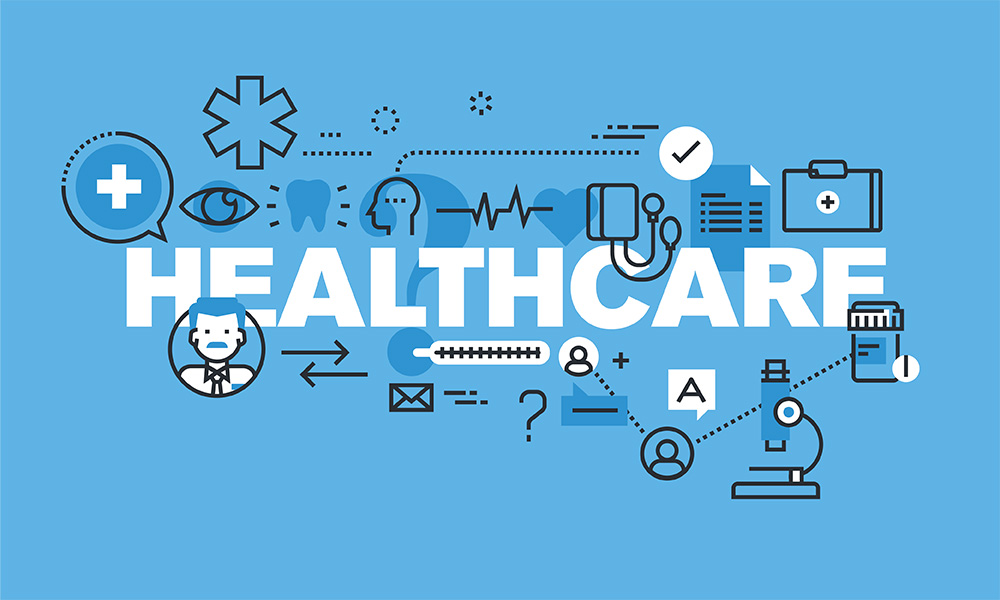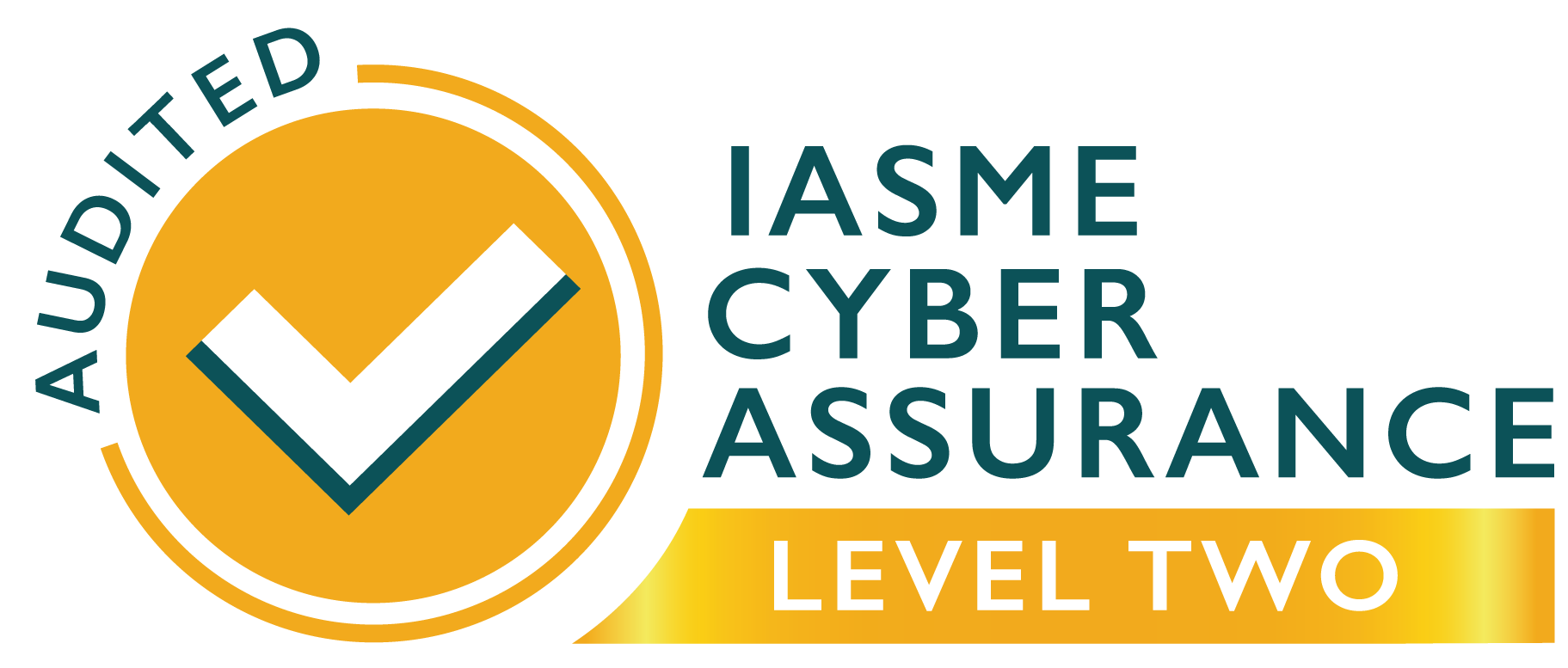
How healthcare can use blockchain to streamline services
Although blockchain technology first came to mainstream public attention through its connection with cryptocurrency Bitcoin, as time has passed, it has become increasingly obvious that it has numerous potential (and now actual) uses outside of this area. In fact, there is now extensive speculation that the very nature of blockchain means that it will ultimately be discarded in the area of payment services, but enthusiastically adopted in many other industry areas, including healthcare provision.
Blockchain technology, its strength and its weakness
In simple terms, blockchain is extremely secure but extremely slow. In terms of digital payments, different types of transaction require different levels of security and there are many retailers who, totally justifiably, place speed as a far higher priority than security, hence the popularity of contactless transactions in high-volume/low-value environments such as fast food.
Retailers will not allow queues to build up purely for the sake of a level of security that is well beyond anything they realistically need. In other industry sectors, however, security is a far higher priority and speed is not nearly so much of an issue. Healthcare is an obvious example of this.
Delivering healthcare in the 21st century
If the 20th century was the age of social adjustment and the time in which many countries created some kind of public healthcare system, the 21st century could well go down in history as the time when these systems were tested by social developments. Whether or not they pass the test may depend largely on how well they are able to incorporate modern technology into their working practices.
The key point to appreciate is that healthcare provision is moving on from being primarily reactive (treating accidents and illnesses as they are noticed) to being more proactive (thinking about who could be at risk and aiming to prevent the risk or catch it early and manage it effectively). It’s also moving from a time in which a serious illness or disability was, in practical terms, a death sentence and the only sensible approach to dealing with it was to provide compassionate end-of-life care, to a time in which many serious illnesses and disabilities can be managed for extended periods and, in some cases, do not have to be a major hindrance to a fulfilling life.
Blockchain technology can assist with both of these major changes. In the context of managing risk, blockchain can be used to secure medical data for transmission over the public internet, thereby opening up possibilities for medical care to be delivered remotely whenever possible. This could not only go a long way to providing effective healthcare in rural areas, but also help with queue
management in urban areas since it could help to reduce the need for people to visit a GP surgery and allow them to get on with their day until the GP was free to see them. In the context of managing long-term conditions, blockchain technology can also be used to facilitate the management of funds, allowing security and supervision to be balanced with freedom of choice.
Bearing these factors in mind, keeping an eye on the blockchain capabilities being adapted to the healthcare system is important for all industries that value security and personalised information. Early attempts may be clumsy but, with advanced input from developers and security specialists, this could become a valuable way of being for both public and private health care.



